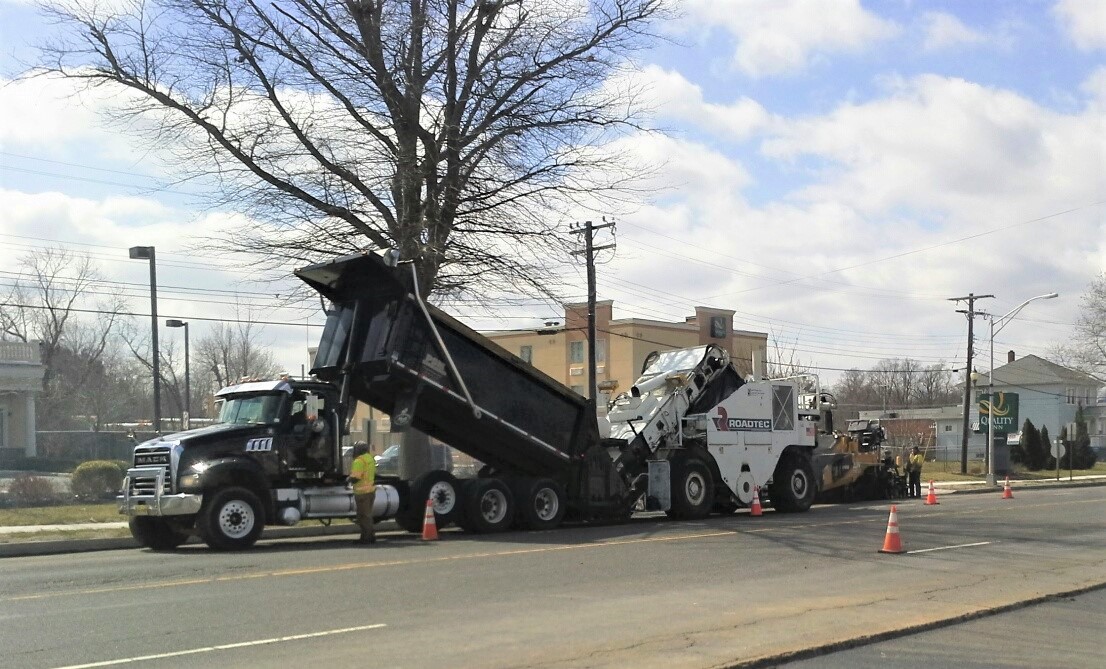The Engineering Division provides a wide variety of services to the administration and to all other departments of the city. The office provides oversight and inspection services for municipal capital improvement projects, as well as, inspections for private development projects to confirm that they adhere to approved development plans. All construction activity within the City’s Right-Of-Way are required to have an opening permit approved and issued by the City Engineer and are inspected to ensure compliance with city standards.

The Division is responsible for performing all survey related activities for city owned properties including outbound surveys, topographic surveys, and as-built information. All capital improvement projects require an existing conditions survey for the design phase of the project, as well as, construction layout for the proper alignment during the construction phase.
The Division is responsible for facilitating the safe and efficient flow of vehicular traffic throughout the city. This requires extensive coordination with county and state organizations in the areas of transportation planning, design, and operation. If you would like to report a particular road related problem in the City of Vineland such as a pothole, malfunctioning traffic signal, damaged sign, and more, please click here to determine the appropriate jurisdiction and reporting method.
The Engineering Division provides review of all engineering aspects of development applications and provides reports to the Planning Board and Zoning Board of Adjustment as requested. All portions of the application that could affect public facilities, such as streets or the municipally owned storm sewer system are reviewed to determine potential impacts and appropriate mitigation measures, which are then imposed as conditions of the development. The resulting improvements to be constructed by developers are designed by the developer’s engineers, but are reviewed and approved by the City Engineer to ensure compliance with city standards. The office coordinates with the developer, their engineer, and their contractor throughout the construction phase. Any engineering aspects related to the domestic water supply are handled by the Vineland Water Utility, sanitary sewer systems by the Landis Sewerage Authority, and electrical supply and distribution by the Vineland Municipal Electric Utility.
The Division maintains record drawings for all of the city’s streets, traffic signal improvements, storm sewer system, capital improvements, park improvements, tax and parcel maps, as well as, many official maps of the City of Vineland. Click here to access our online maps.
VINELAND ENGINEERING FACTS
Vineland is the largest city, in terms of land area, in the State of New Jersey. Following are some interesting engineering facts that help illustrate how large the city actually is:
DRAINAGE FACTS
- Approximate number of drainage structures. 3,000
- Approximate number of outfalls. 75
SURVEYING FACTS
- Area of the city – 69 Square Miles
- Approximate number of tax parcels – 22,000
- Number of monuments in survey control network – 70
TRAFFIC FACTS
- Municipal jurisdiction roads – 259 miles
- County jurisdiction roads – 78 miles
- State jurisdiction roads- 43 miles
- Number of intersections (excluding private) – 1,250
- Approximate number of line stripped municipal roads – 100 miles
- Approximate number of traffic signs – 20,000
- Municipal controlled traffic signals – 33

